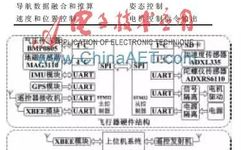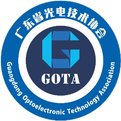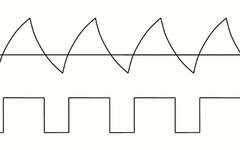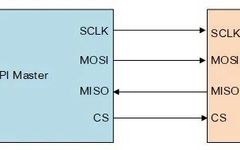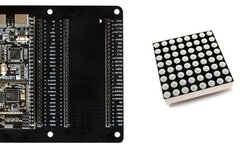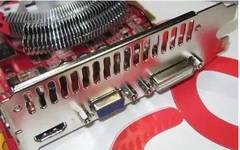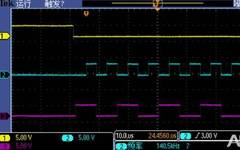Design of Dual STM32 Based Multirotor UAV Control System
Abstract: This paper proposes a design method and specific implementation plan for a control system based on dual STM32 chips. The control system uses two STM32F107VCT6 chips as master and slave controllers, communicating via a high-speed SPI interface to ensure real-time performance during the control phase. The hardware layout of the system is introduced, and … Read more
